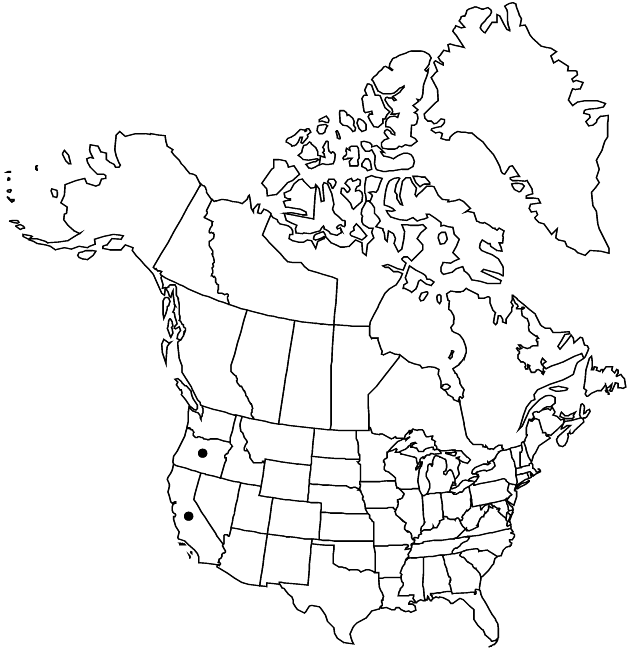Cirsium scariosum var. robustum
Sida 21: 215. 2004.
Plants caulescent, 25–70 cm. Stems (1) often very stout, branched distally or throughout, leafy, glabrous, villous with septate trichomes, or arachnoid-tomentose. Leaves oblanceolate to elliptic, deeply pinnately lobed, longer spines slender or stout, usually 1 cm or shorter, abaxial thinly to densely arachnoid-tomentose, villous with septate trichomes along midveins, adaxial villous with septate trichomes or thinly arachnoid-tomentose. Heads 3–many, evidently pedunculate, in corymbiform or subcapitate arrays at stem tips (in age clustered axillary heads sometimes developing), subtended and ± overtopped by distal leaves or these ± reduced. Involucres 2.5–4 cm. Phyllaries: outer and mid lanceolate to ovate, spines slender to ± broad and flat, 1–6 mm; apices of inner linear-acuminate or more commonly expanded as scarious, erose-toothed appendages, often contorted. Corollas white, 30–36 mm, tubes 14–22 mm, throats 7–12 mm, lobes 5–10 mm; style tips 6–8 mm. Cypselae 4–6.5 mm; pappi 22–32 mm.
Phenology: Flowering summer (Jun–Jul).
Habitat: Wet ground, meadows, pastures, marshes
Elevation: 900–1900 m
Discussion
Variety robustum is known only from northern California (Siskiyou County) and south central Oregon (Klamath and Lake counties). It differs from var. scariosum in its larger, evidently pedunculate heads.
Selected References
None.
Lower Taxa
"fine" is not a number."broad" is not a number.
